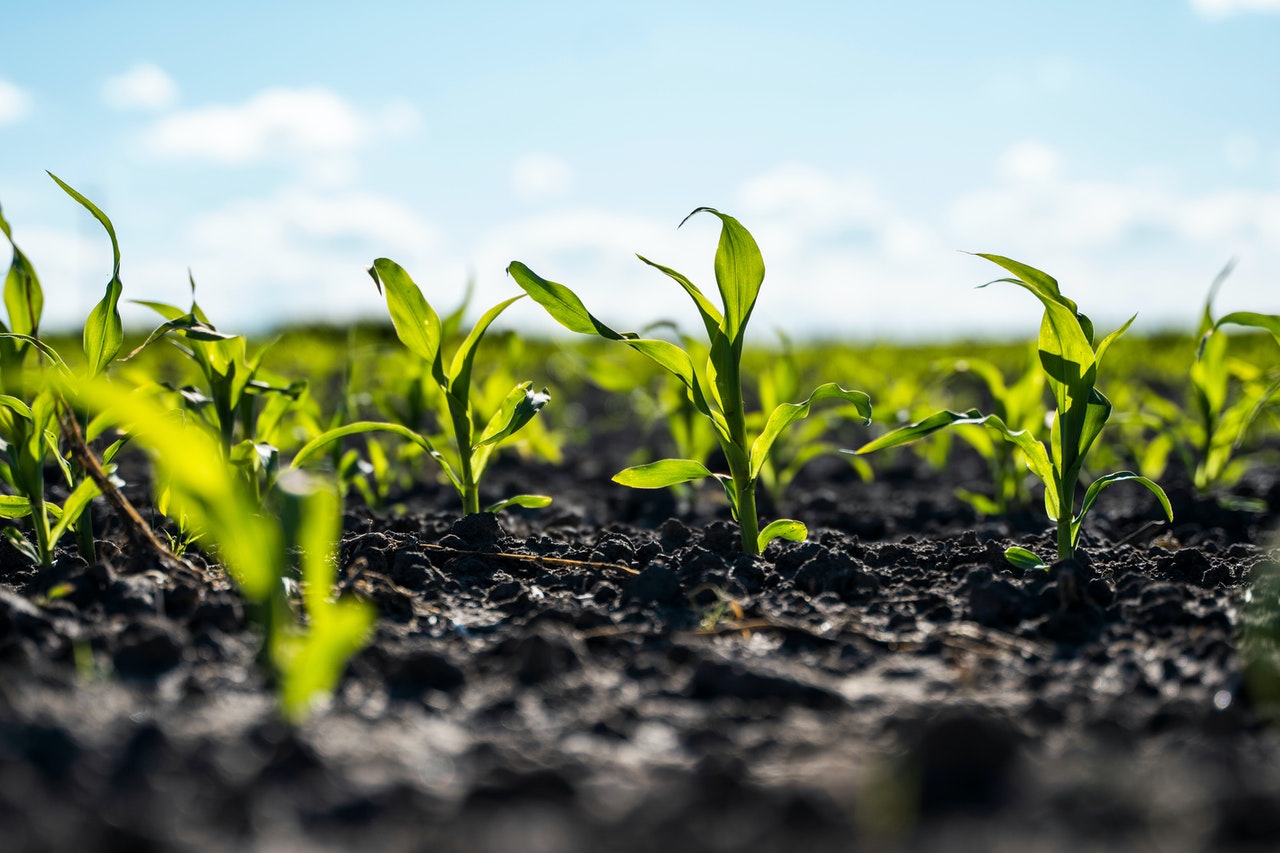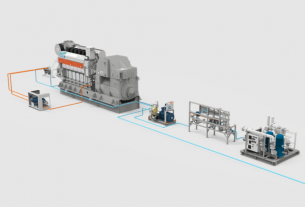France – Ammonia is the starting point for all mineral nitrogen fertilizers, forming a bridge between the nitrogen in the air and the food we eat. But the essential services ammonia provides come at a cost for the world’s climate.
Ammonia production accounts for about 2% of total final energy consumption, virtually all of it from fossil fuels, resulting in a carbon dioxide (CO2) footprint equivalent to the total emissions of South Africa’s energy system.
Despite continued efficiency gains in fertilizer use, a growing and more global affluent population is expected to require greater ammonia production during a period when many governments around the world will be working on implementing commitments to bring their economies’ emissions down towards net zero.
The Ammonia Technology Roadmap is the latest publication in a series of IEA sectoral roadmaps dating back to 2009, with the previous instalment providing a deep dive into the challenges facing the iron and steel industry.
The latest roadmap examines three possible futures for ammonia production. The Stated Policies Scenario sees current trends continuing, with the industry making incremental improvements but falling well short of a sustainable trajectory. In the Sustainable Development Scenario, the sector adopts the technologies and policies required to put it on a pathway aligned with the goals of the Paris Agreement, while the Net Zero Emissions by 2050 Scenario describes a trajectory that is compatible with reaching net zero emissions for the global energy system by 2050.
The new roadmap concludes with a chapter outlining the necessary roles and actions of the main stakeholders, establishing key milestones and decision points.




